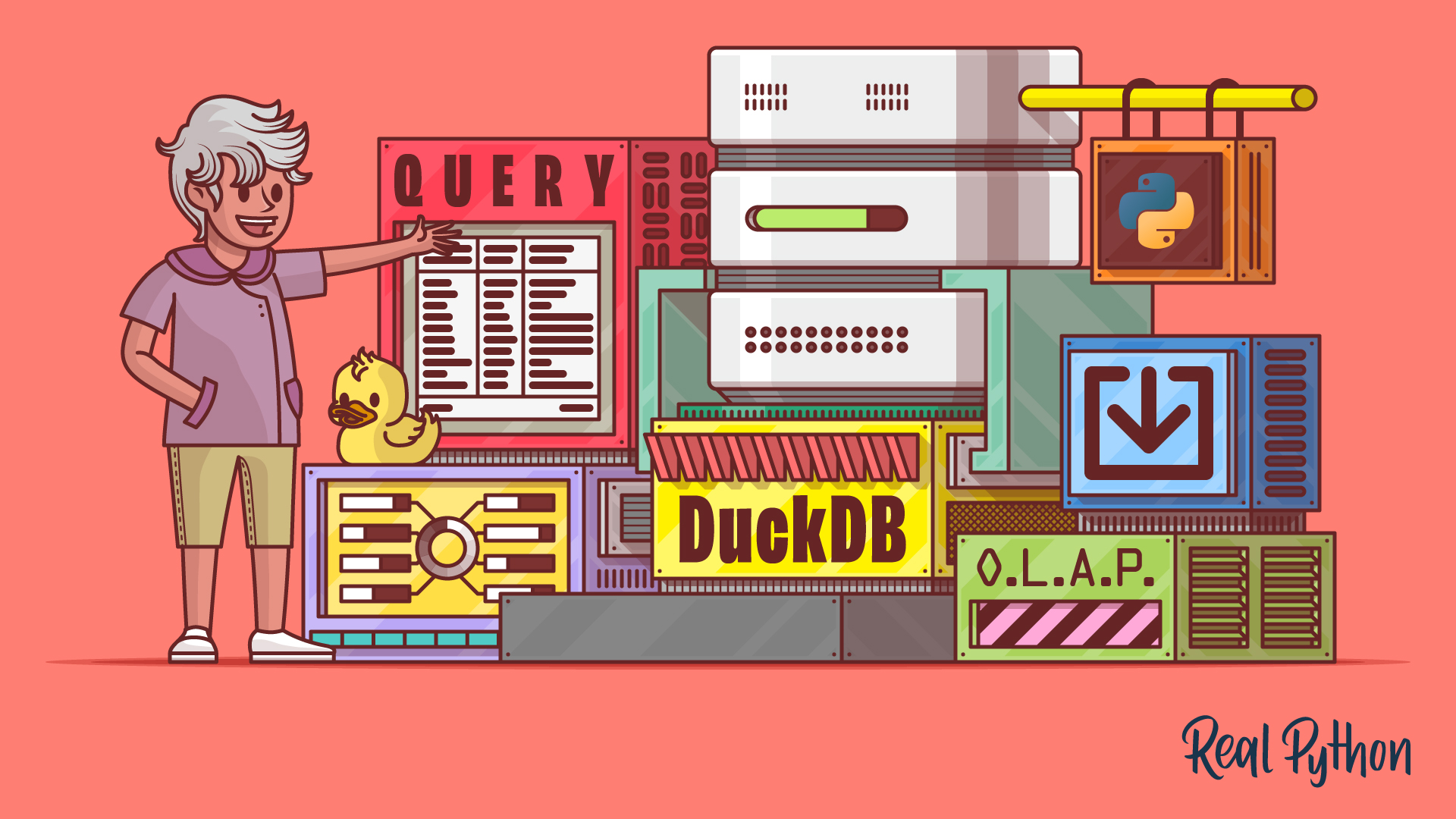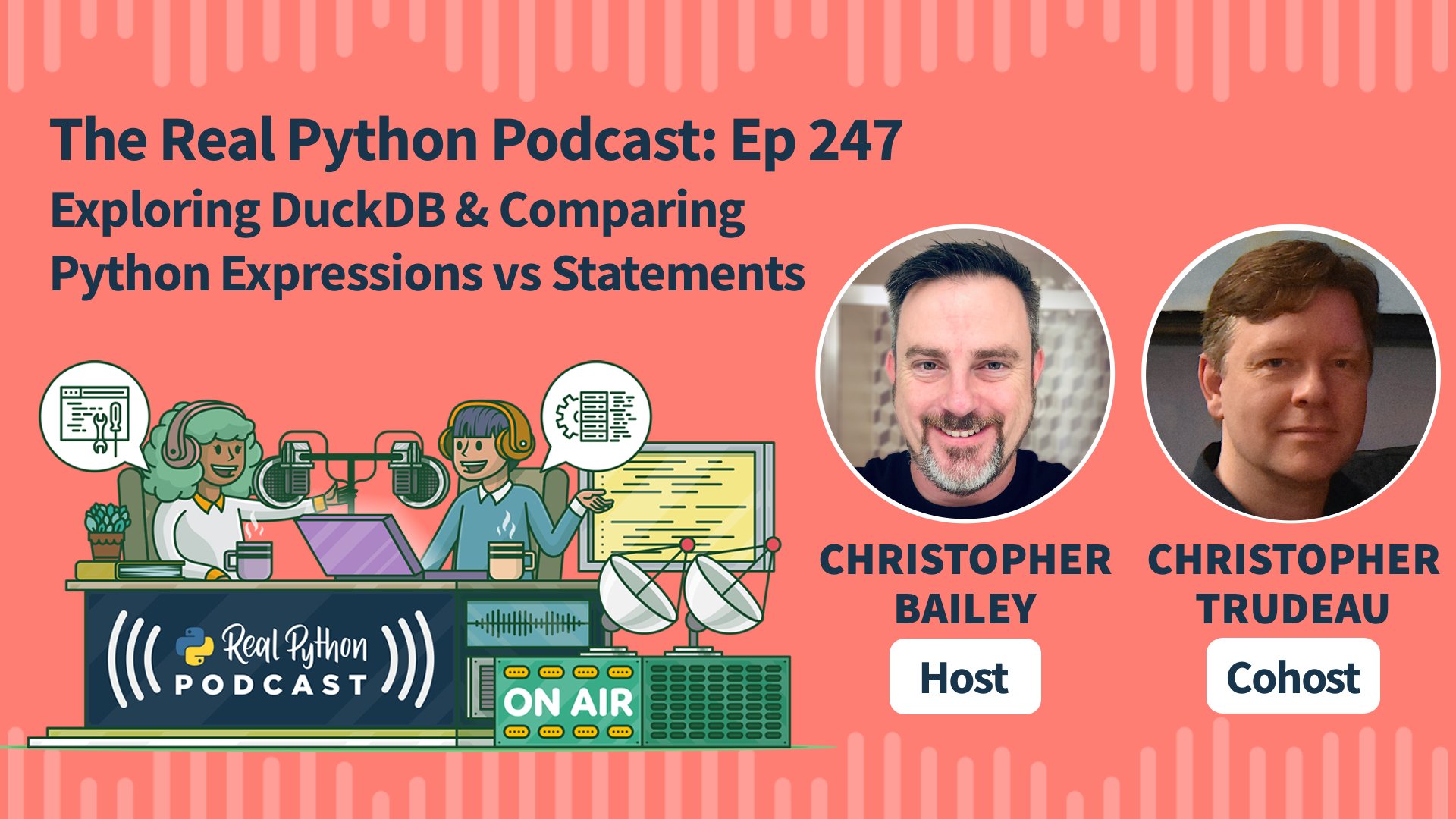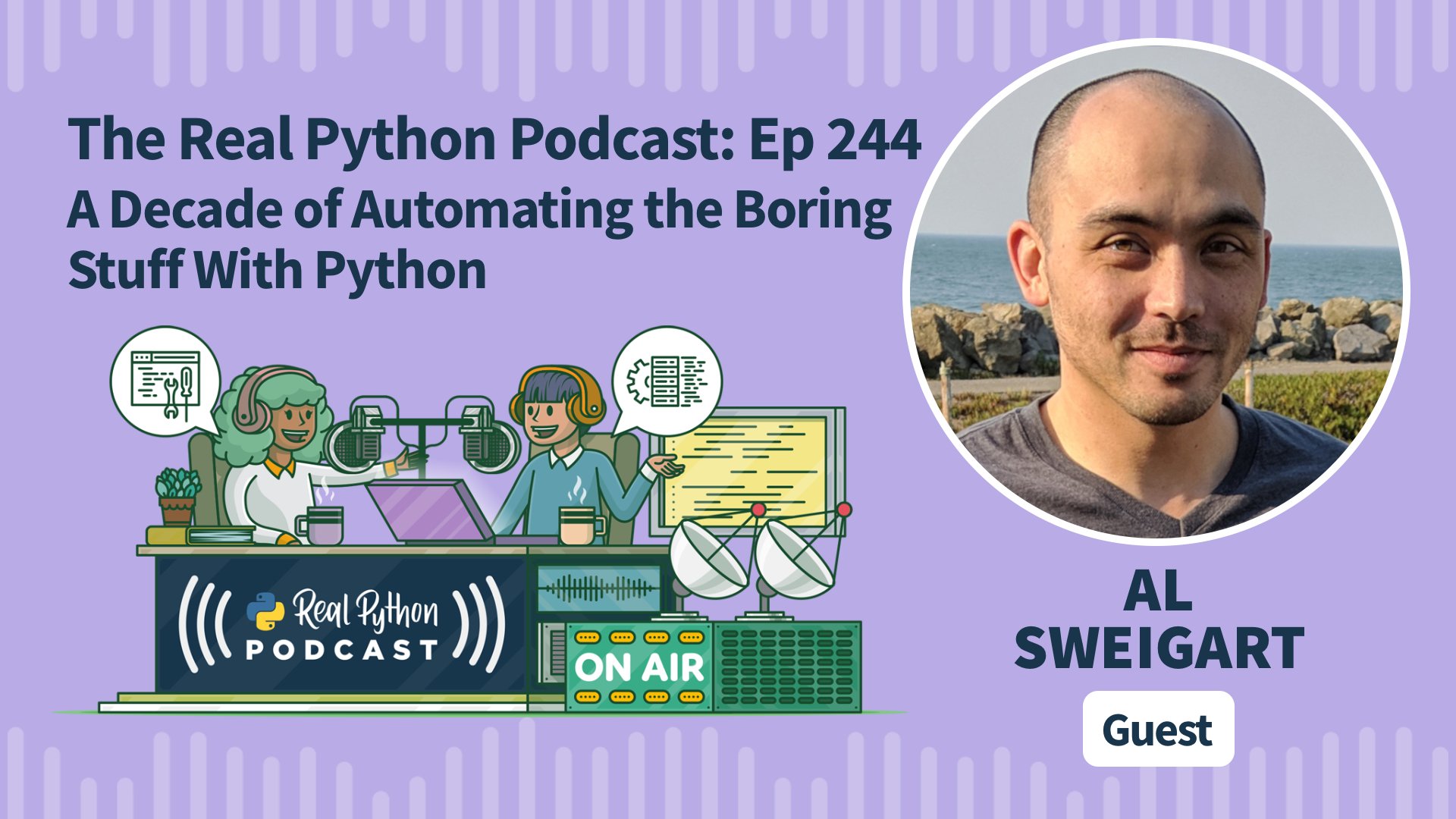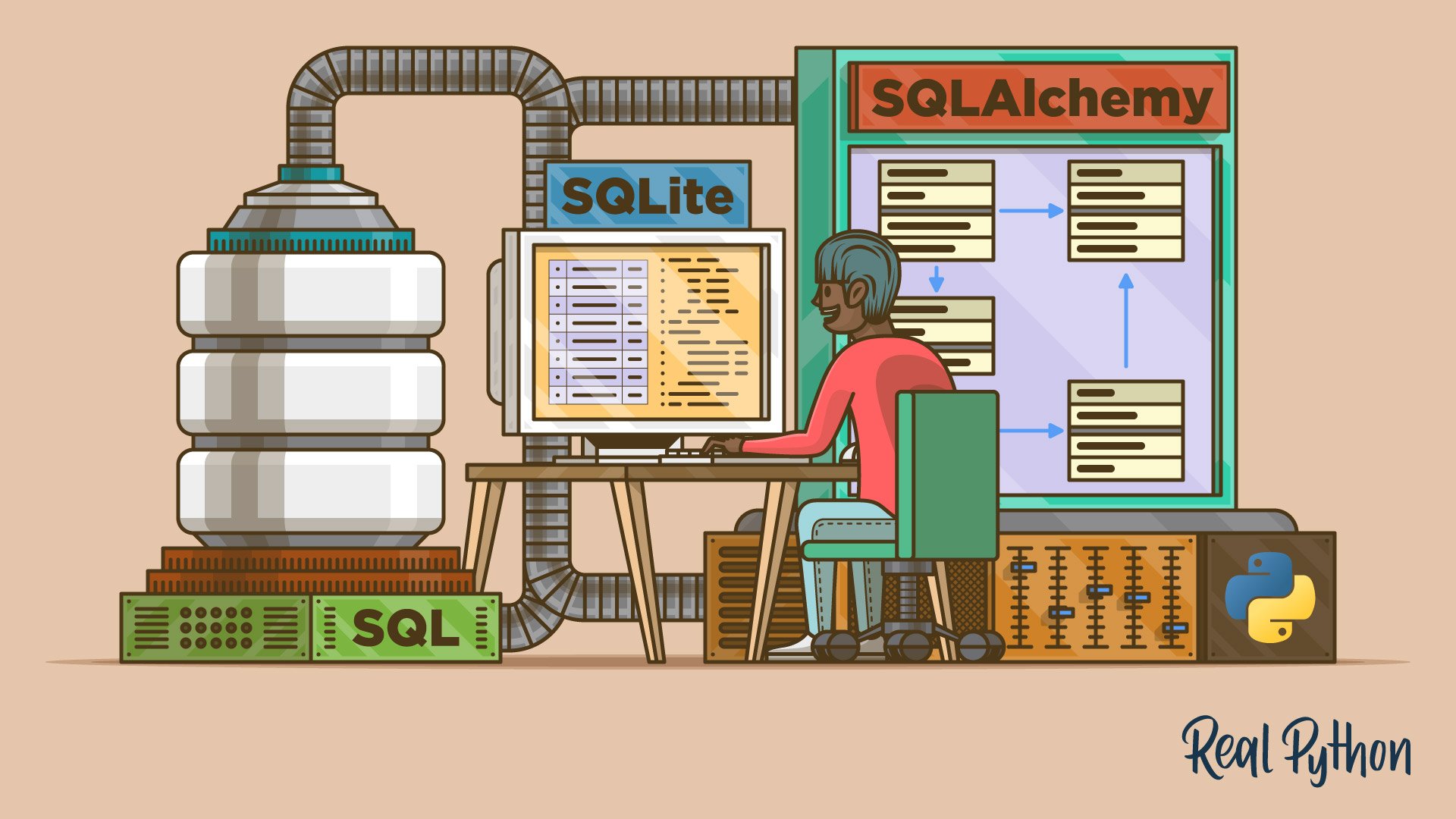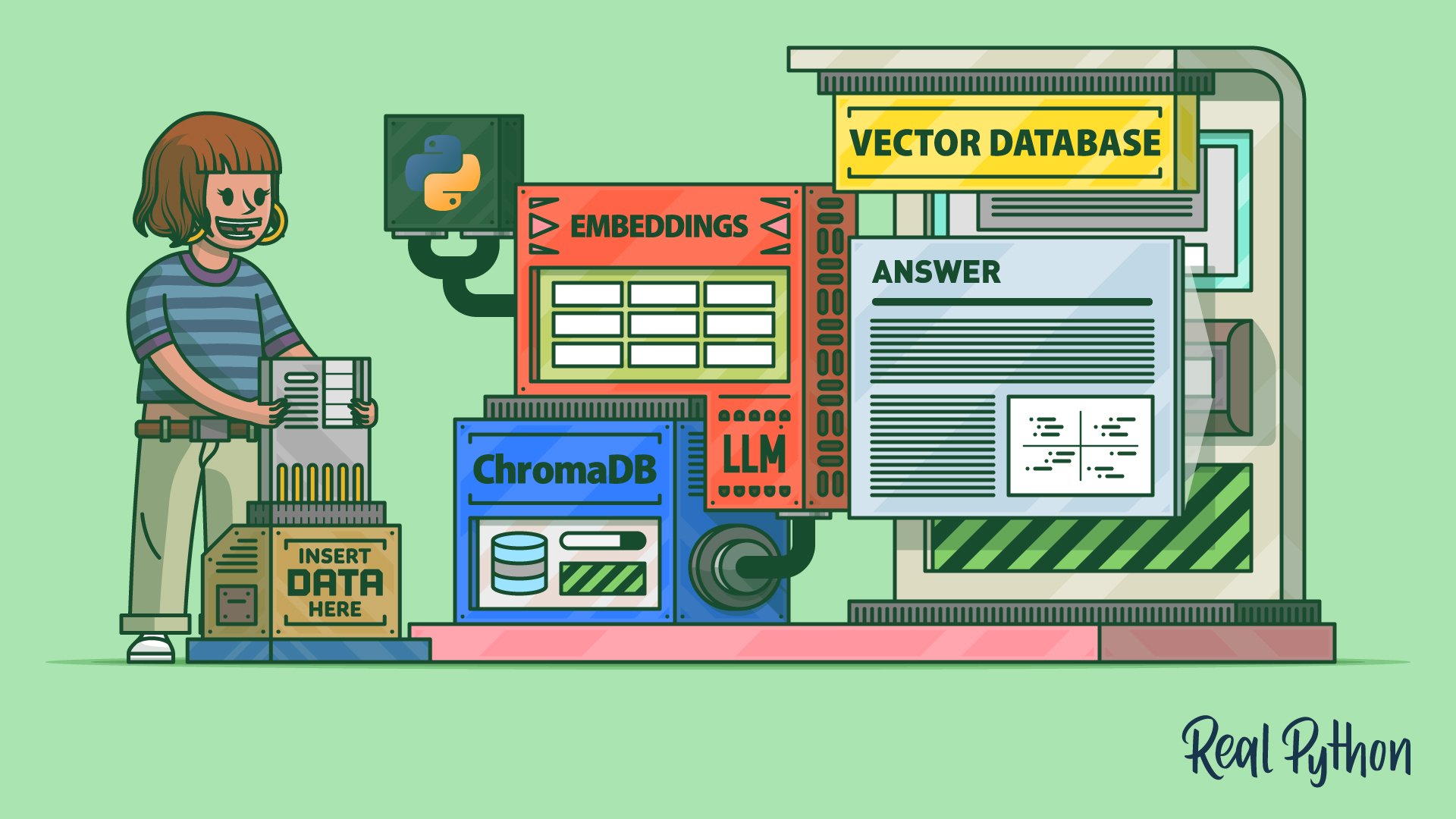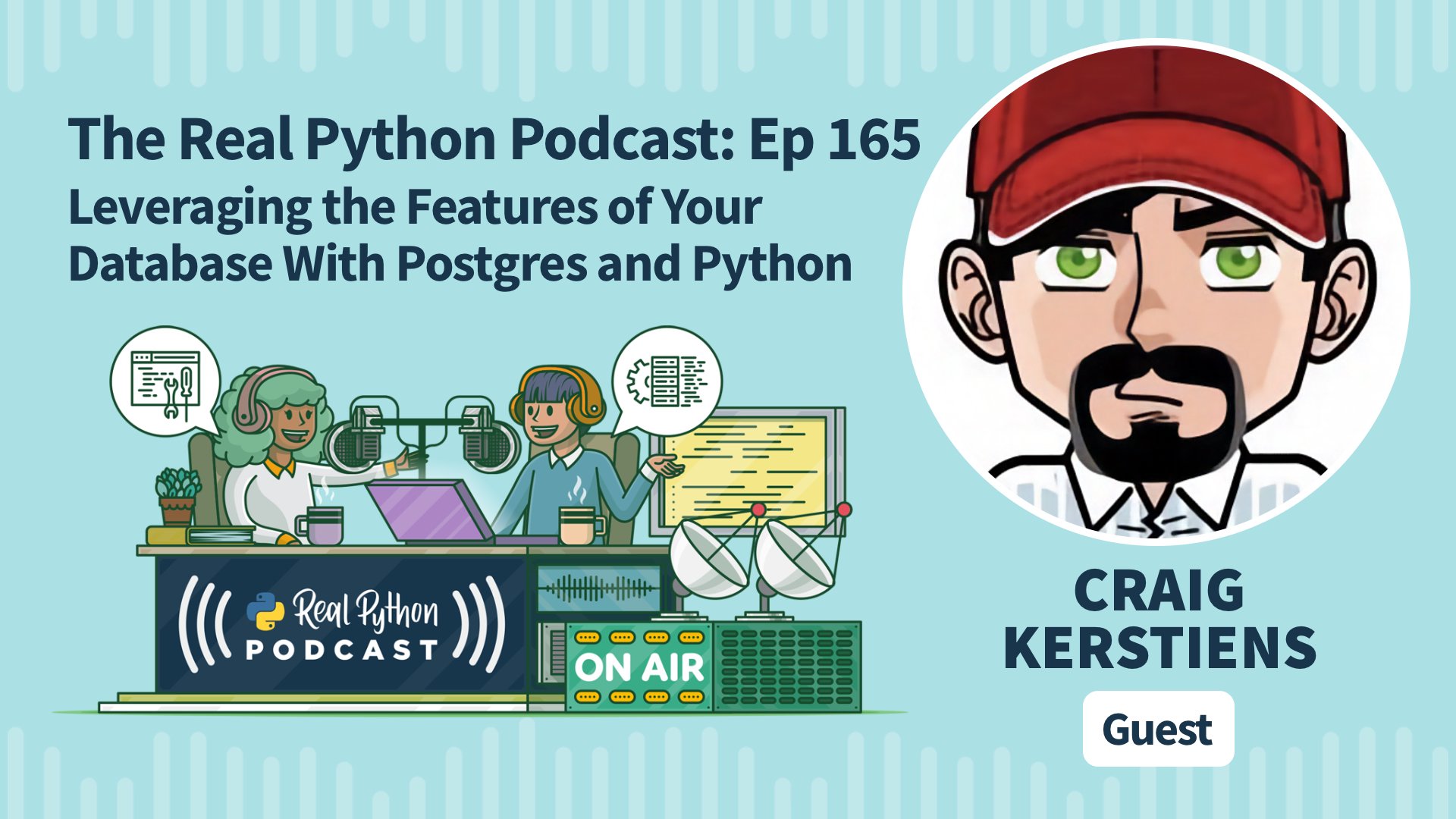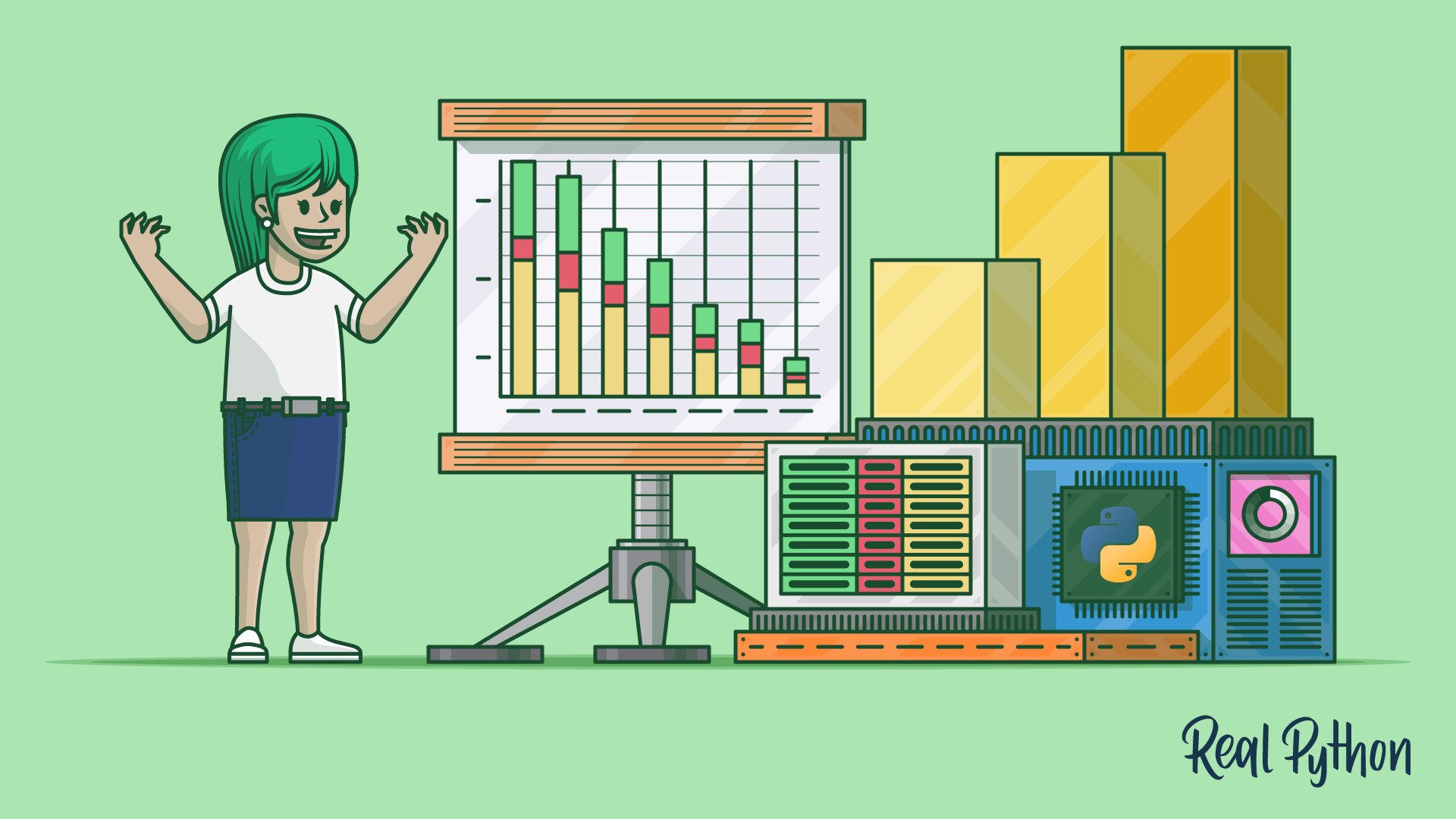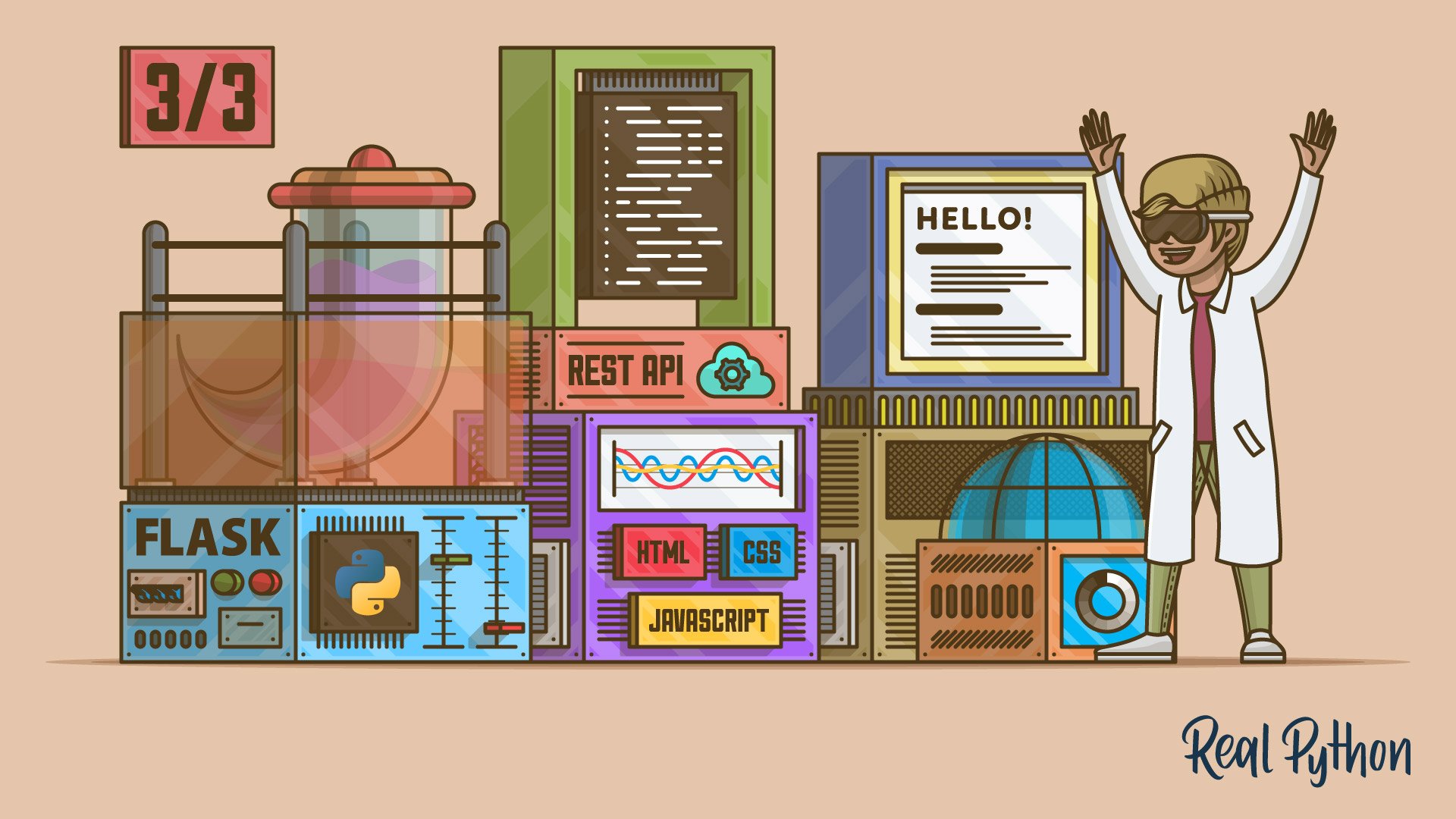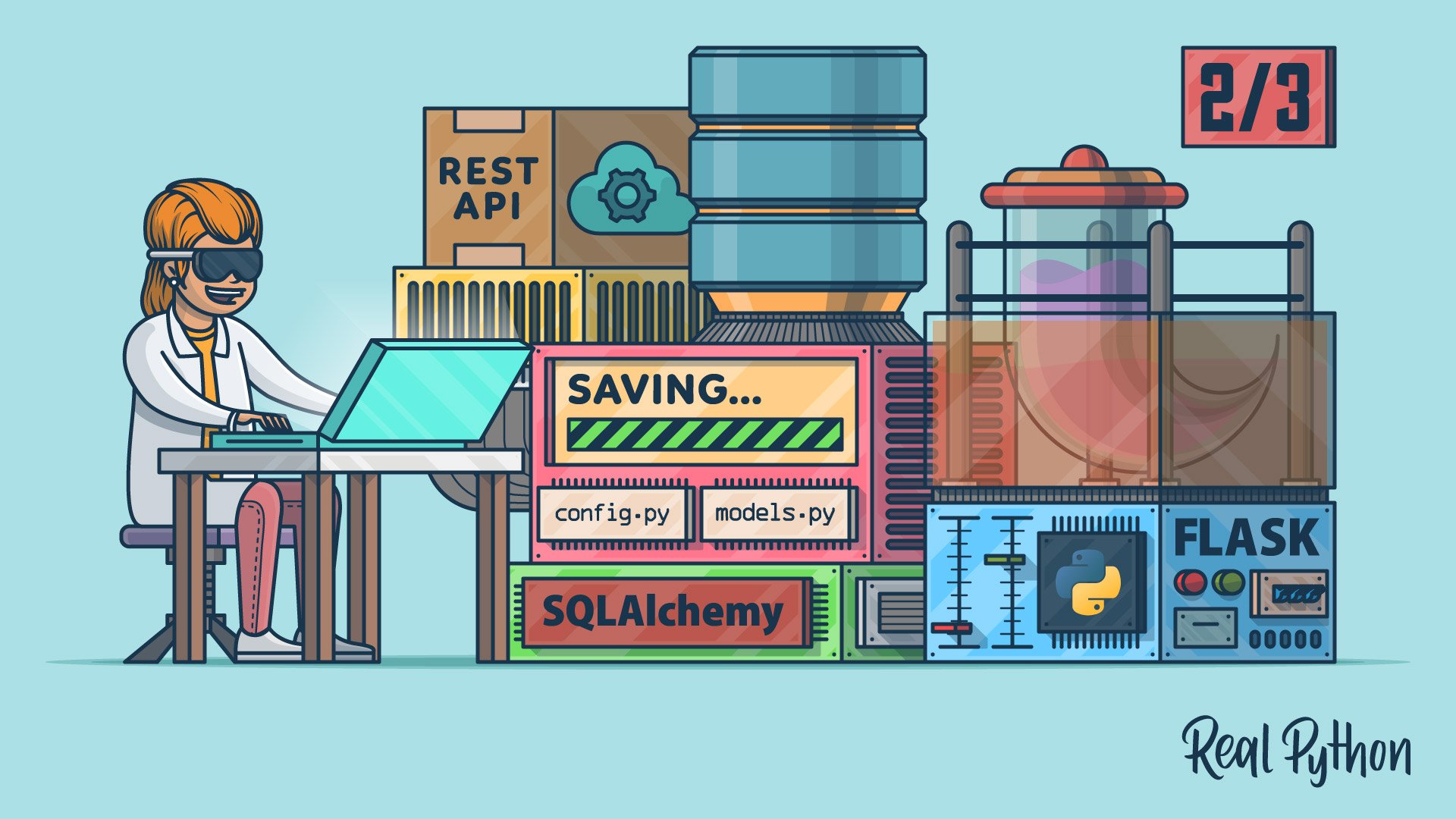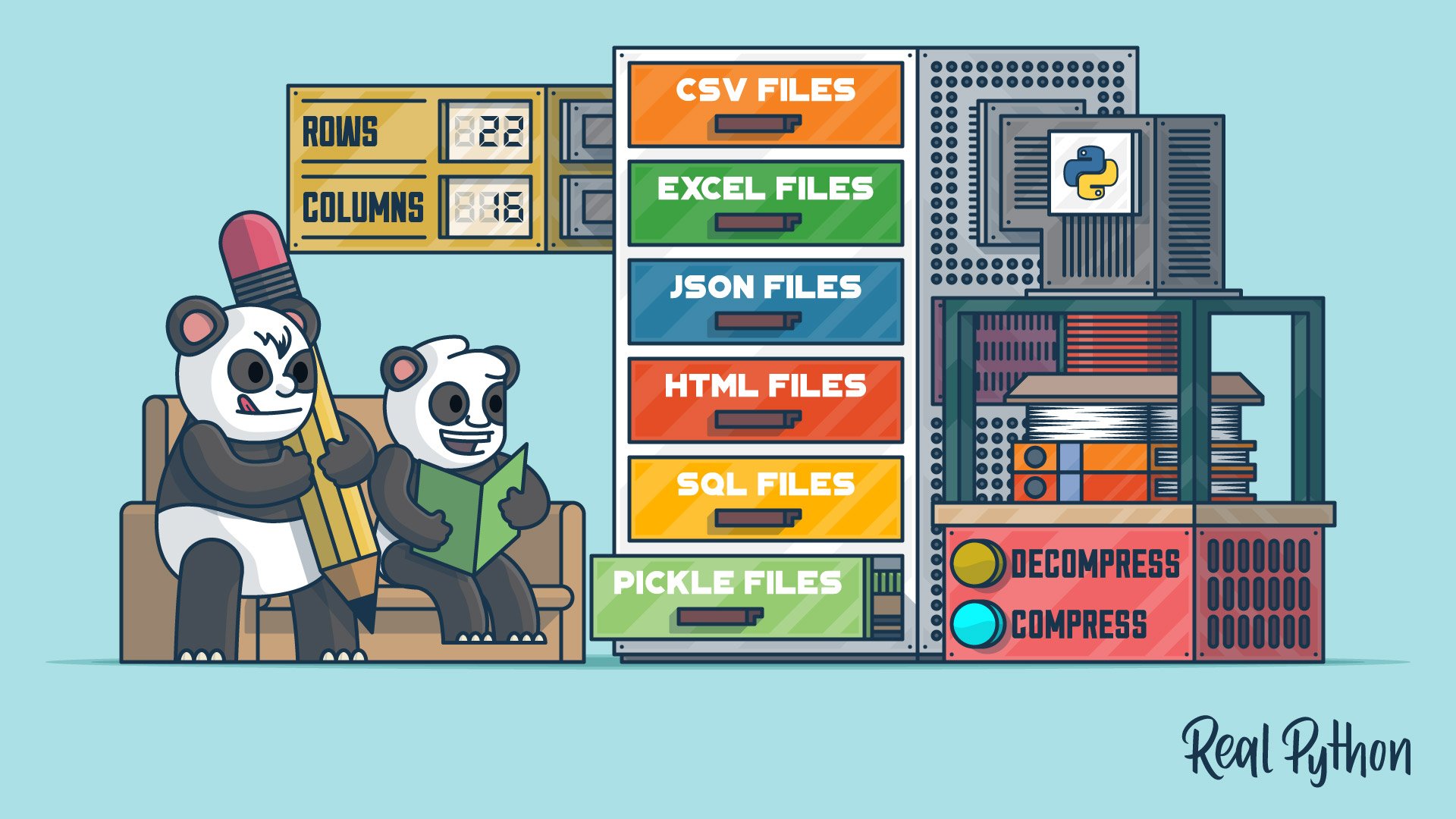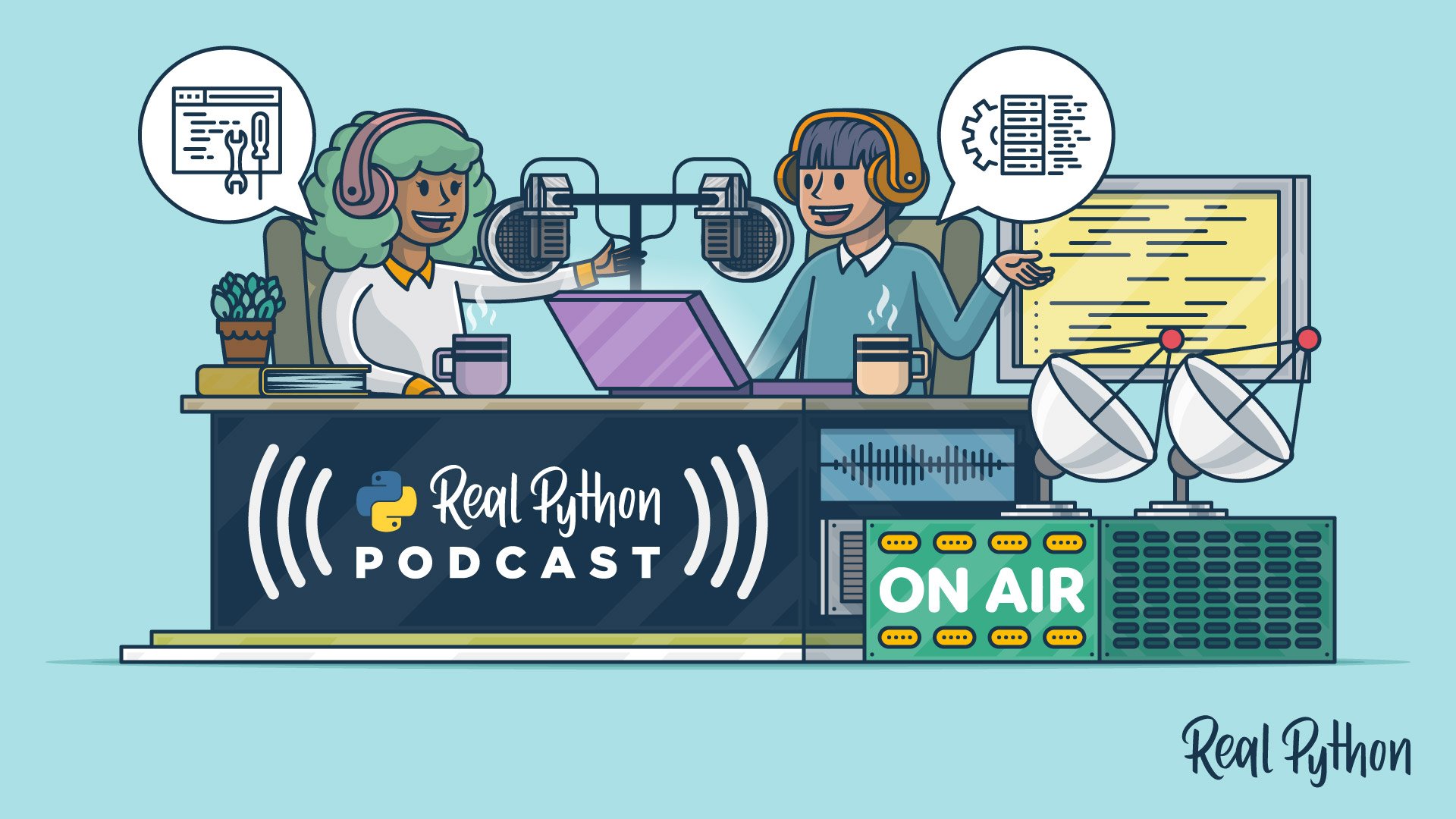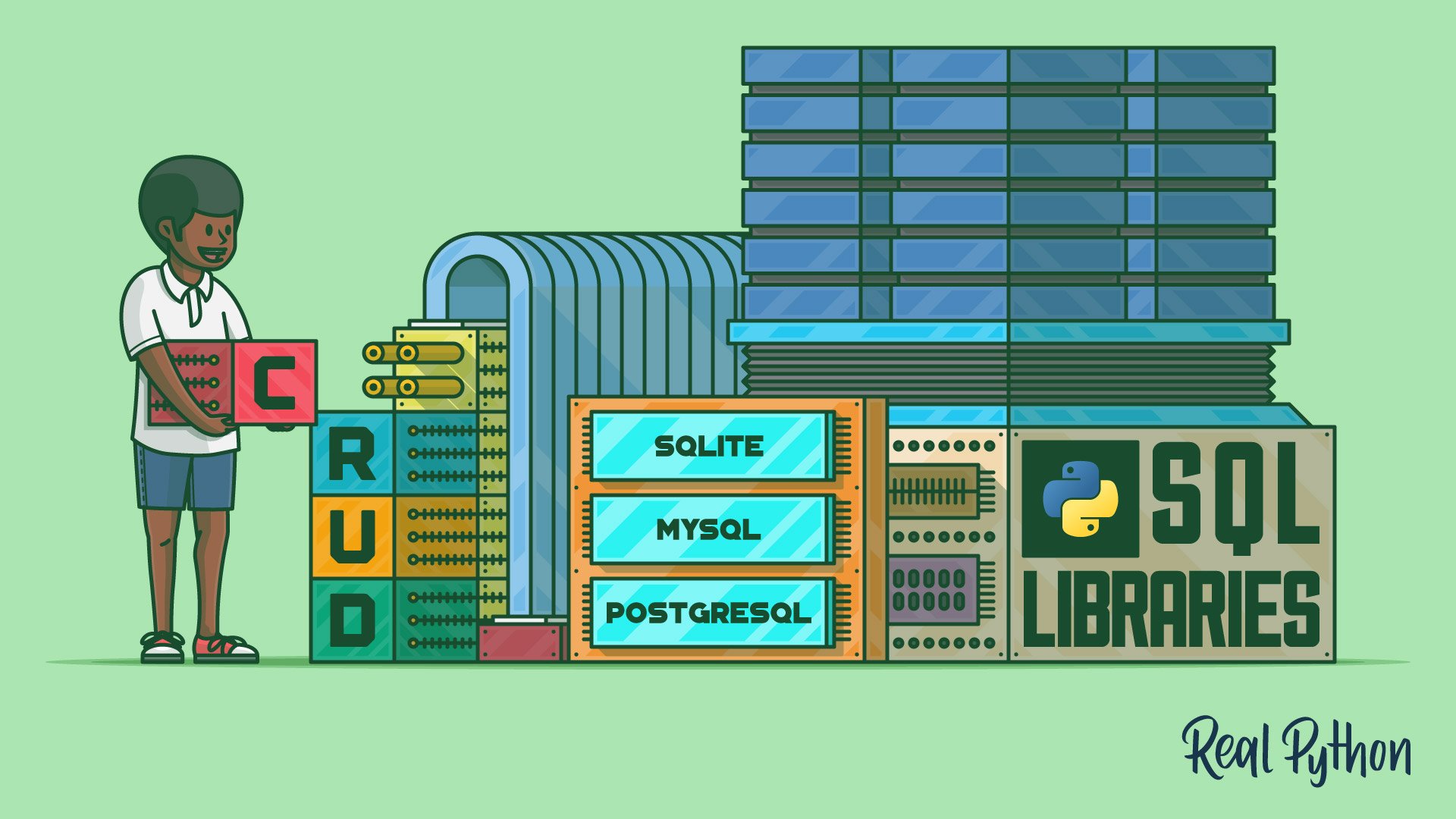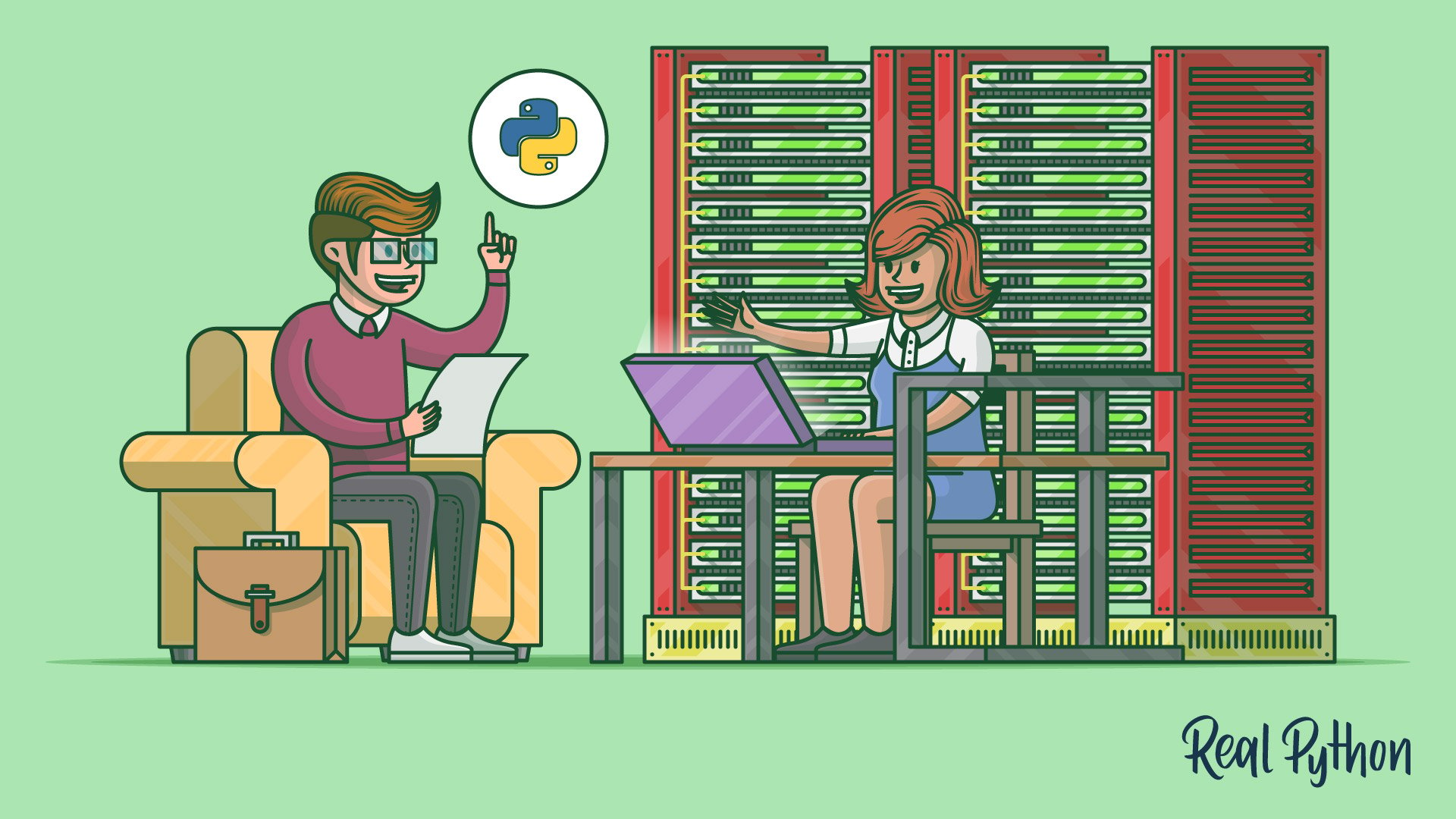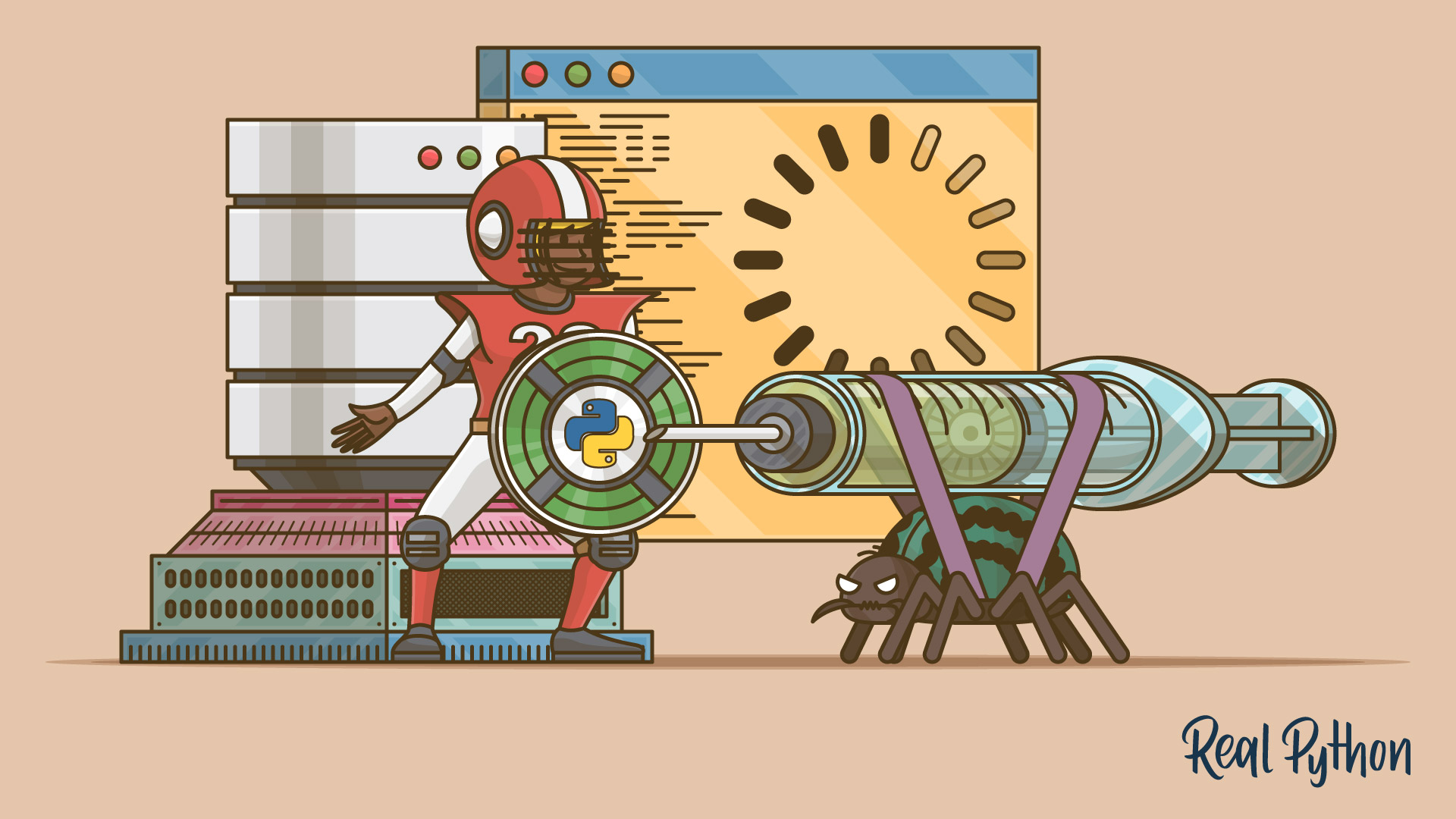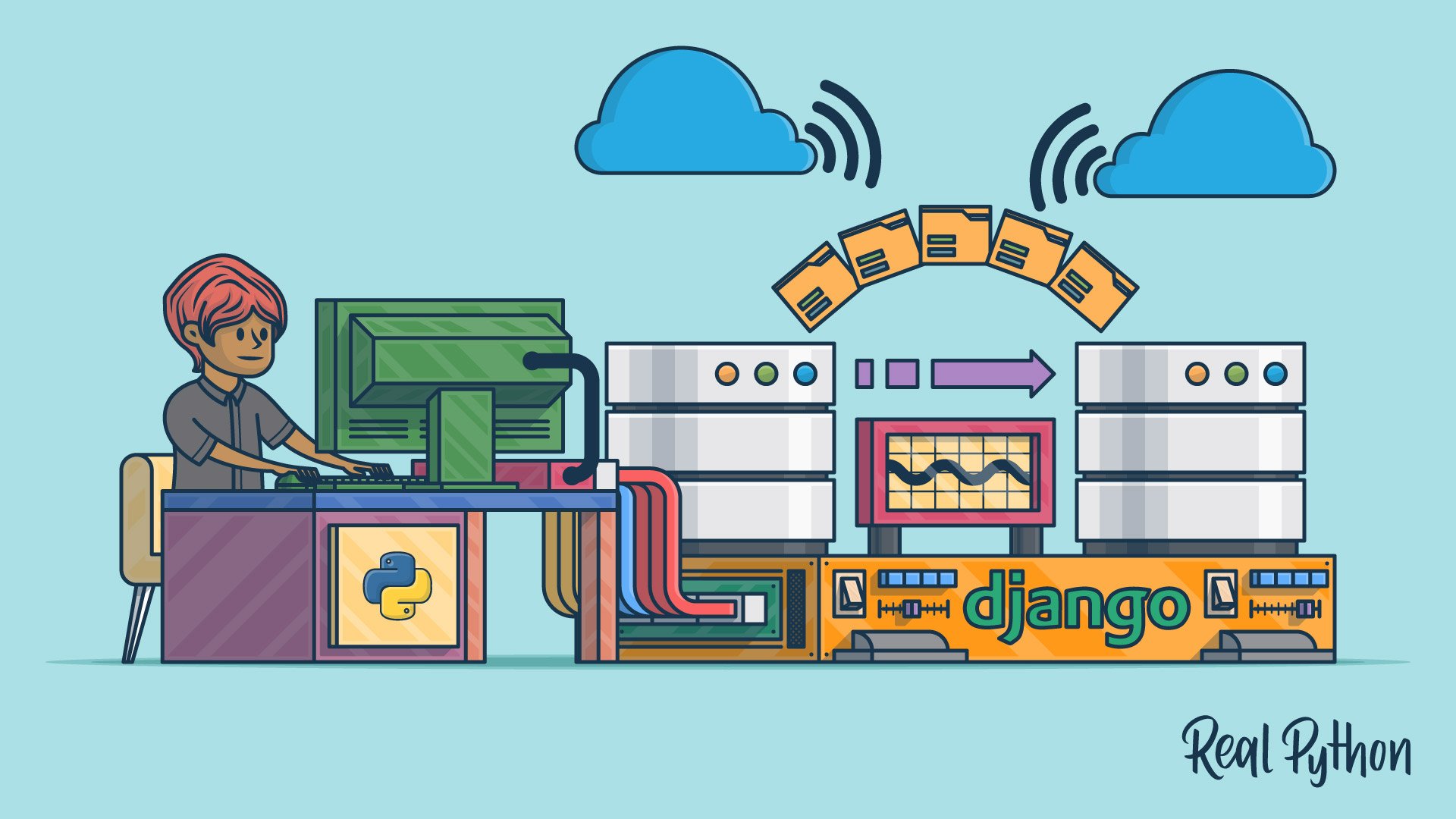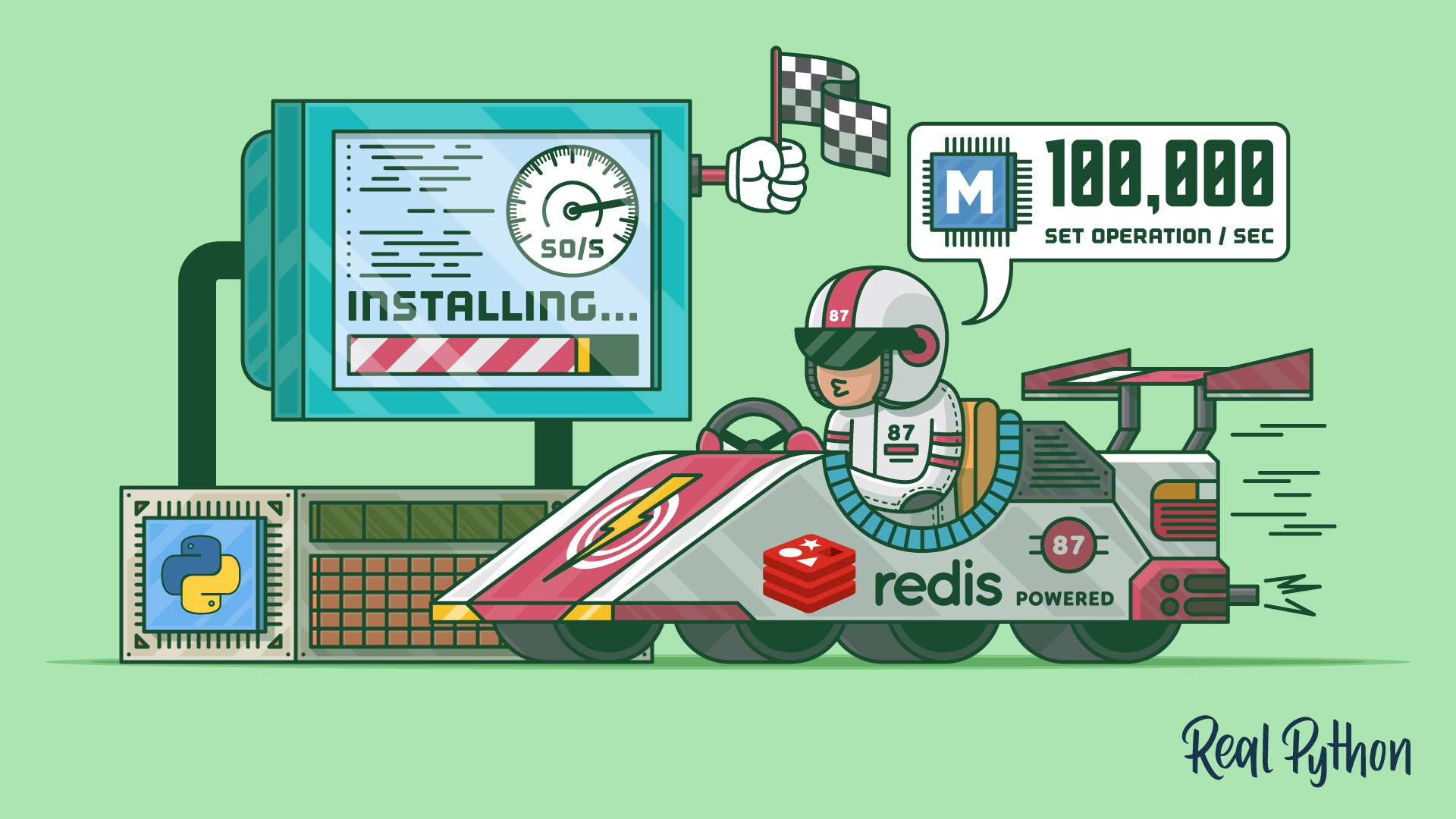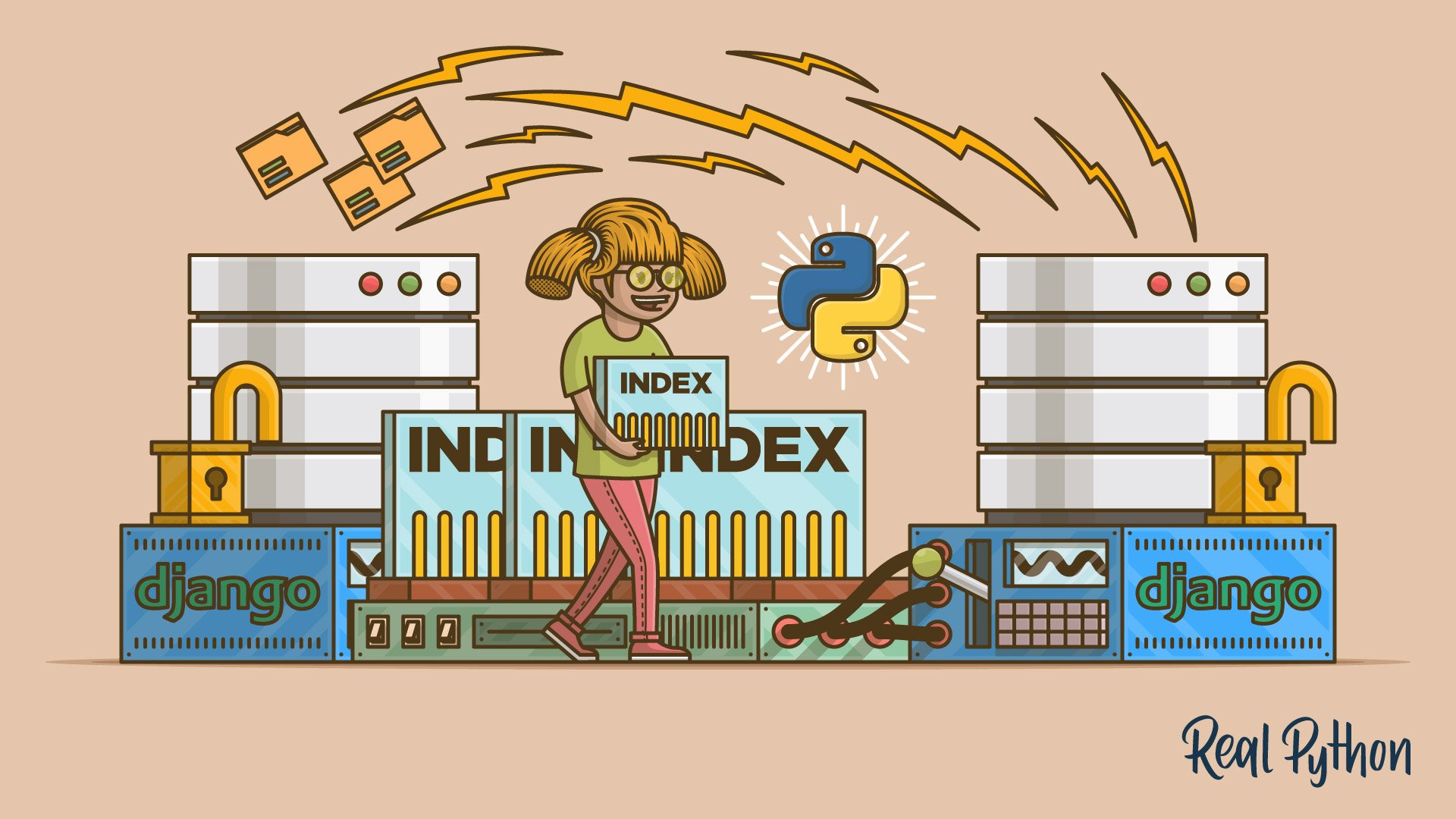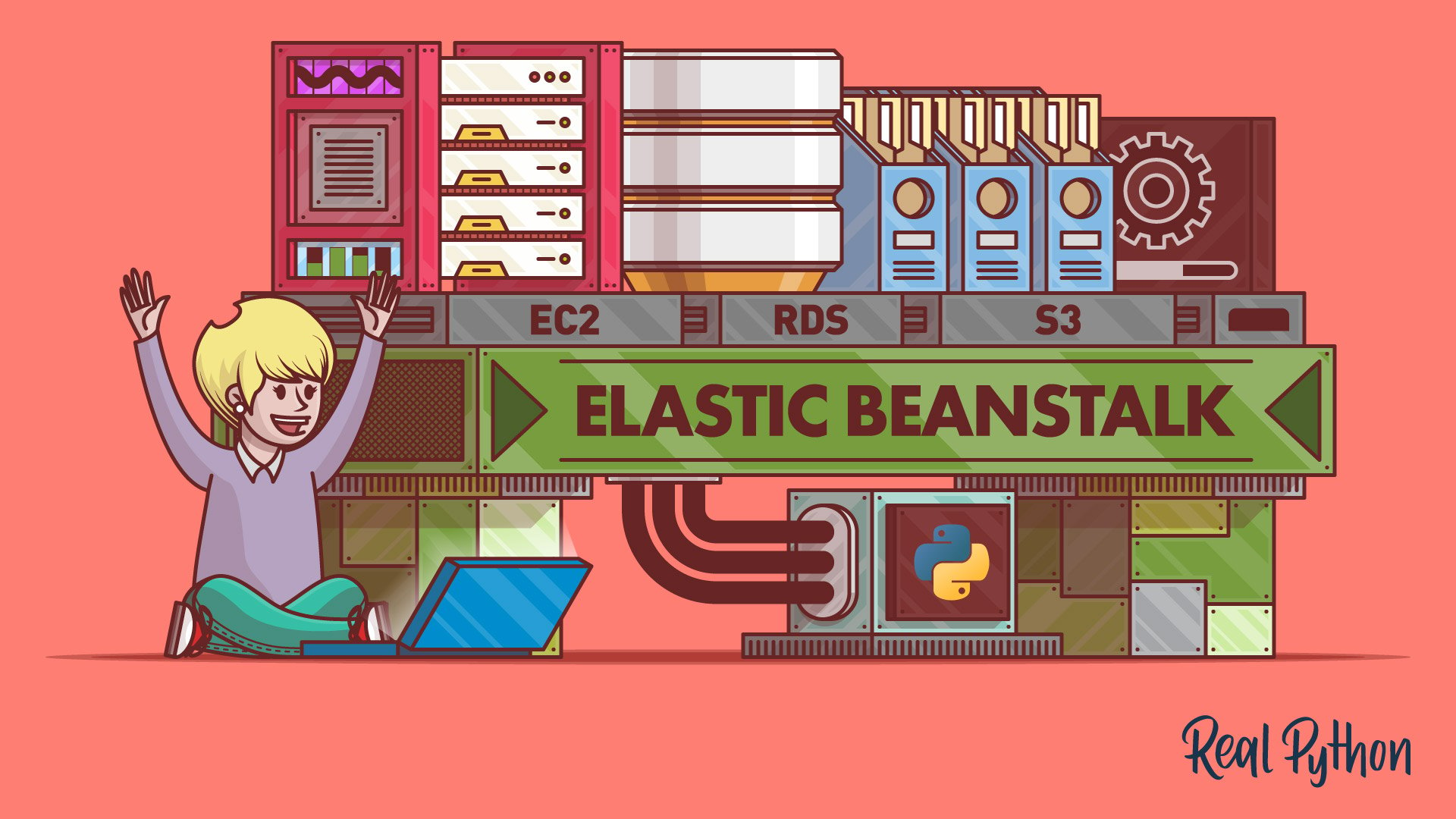Python Database Tutorials
Learn how to work with data in Python using SQL, NoSQL, and vector databases. On this page you’ll find guides that show how to connect, query, and model data for real-world practical projects. Use these tutorials to build data intensive apps, automate analytics, and level up your understanding of transactions, indexing, and performance.
Free Bonus: Click here to download a Python + MongoDB project skeleton with full source code that shows you how to access MongoDB from Python.
Explore practical tutorials for SQLite, PostgreSQL, MySQL, and DuckDB, document stores like MongoDB, and vector databases like ChromaDB. Compare raw SQL with Python ORMs such as SQLAlchemy and Django ORM. See how to run migrations, write safe queries, and integrate databases with FastAPI, Flask, and pandas.
Browse all resources below, or commit to a guided Learning Path with progress tracking:
Learning Path
Database Access With Python
7 Resources ⋅ Skills: SQL Libraries, SQLite, SQLAlchemy, Redis, MySQL, MongoDB, ChromaDB, Data Management, NoSQL Databases, Vector Databases
Pick SQLite for small apps and local development. Choose PostgreSQL for robust features and strong typing. Use MySQL or MariaDB for common LAMP stacks. Consider MongoDB for flexible documents. Use vector databases for embeddings.
Install a driver and a client library. For PostgreSQL use psycopg or SQLAlchemy. Create a connection string, open a session, and run parameterized queries.
An Object-Relational Model (ORM) maps Python classes to tables so you write queries in Python instead of raw SQL. Use an ORM to speed up CRUD and migrations. Use raw SQL for complex reporting or heavy tuning.
Use an async driver with an async framework. For example asyncpg with SQLAlchemy, or async engines with FastAPI. Await queries, reuse a connection pool, and keep transactions short.
Use .read_sql() to load query results into a DataFrame and .to_sql() to write tables. Batch inserts, set dtypes, and create indexes for speed.



